A few days ago, I wrote about Simeon’s encounter with Jesus as a newborn, and about how Mary and Joseph marveled at the things Simeon told them about the Savior in their midst.
The Gospel of Luke also recounts these words from Simeon:
“Then Simeon blessed them and said to Mary, His mother: “‘This Child is destined to cause the falling and rising of many in Israel, and to be a sign that will be spoken against, so that the thoughts of many hearts will be revealed. And a sword will pierce your own soul too.'” Luke 2: 33-35
I am focused today on that last sentence, “‘And a sword will pierce your own soul too.'” Luke 2: 35
These words are certainly an acknowledgement and premonition of the pain that Mary will experience as she witnesses the rejection and crucifixion of her beloved Son, Jesus. These words are also a sobering reminder of the pain and suffering the Blessed Mother still experiences today, as so many of us continue to blaspheme the sacred images and scenes of Christ’s life and take His Name in vain.
Saint Jean-Marie Baptiste Vianney, a holy priest of Ars, France — a village not far from Lyons — once said this: “God gave men only ten commandments and one of the ten has for its sole object the reverence due to His Name.”1
In his early sermons to the parishioners of Ars, Saint Jean-Marie spoke often about the error and danger of blasphemies and of cursing in particular. He also loved the Blessed Mother very much, and was constantly praying the rosary and encouraging others to do so.
Under his guidance, the little village of Ars became a community of truly pious people. As the village’s remarkable transformation became more widely known, pilgrims from across France, Europe and even America arrived in Ars to receive Saint Jean-Marie’s advice and to make their confessions to him.
It is recorded that during the last ten years of Saint Jean-Marie’s life, he spent from sixteen to eighteen hours a day in the confessional. His advice was sought by bishops, priests, religious, young men and women in doubt as to their vocation, sinners, persons in all sorts of difficulties, and the sick. A few years before his death in 1859, the pilgrims visiting him annually numbered 20,000. This is an astounding number of souls.
Saint Jean-Marie had countless conversations with people about God’s second commandment.
If Saint Jean-Marie were still among us, I imagine he would ask even more so about how often, during the course of a day, that we hear and/or use God’s Name as an expression of speech? We exclaim, “My God!” with no real thought of God or calling upon Him. We hear Jesus’ Holy Name shouted in anger and cursed within oaths with no real understanding of how closely God is listening.
Are we thinking about what comes out of our mouths? Are we understanding that our words, literally, will echo throughout eternity? St. Paul taught and wrote about this often:
“Do not let any unwholesome talk come out of your mouths, but only what is helpful for building others up according to their needs, that it may benefit those who listen. And do not grieve the Holy Spirit of God, with whom you were sealed for the glory of redemption.” Ephesians 4: 29-30 “But now you must rid yourselves of all such things as these: anger, rage, malice, slander, and filthy language from your lips.” Colossians 3: 8
I find myself thinking more and more about the pain we continue to cause the Blessed Mother when we blaspheme her most Sacred and Holy Son. Mary loves God so much. When Gabriel, the archangel, arrives to inform Mary that she has been chosen to bear the Son of God, she willingly complies with God’s wishes, enabling a Love like no other to enter the world.
Why do we sometimes take this Love for granted?
Our words – spoken, written, typed – matter. Our husbands and wives and children are listening. Our parents are listening. Our grandchildren and nieces and nephews are listening. Our friends and neighbors are listening. Our priests are listening. Our coworkers are listening.
The Blessed Mother is listening.
God is listening.
Our words are precious to God because they have the power to challenge and encourage others to take some kind of action. If our hearts are gentle and open to God’s grace, our words will be filled with goodness, compelling others to be good and to do good. But if our hearts are filled with anger and maliciousness, our words will be filled slander and blasphemy.
Within the Catholic faith and tradition, the month of August is dedicated to the Immaculate Heart of Mary; and August 8th is celebrated as the Feast Day of St. Jean-Marie Baptiste Vianney.
Pray for us, O Holy Mother of God, that our hearts remain open to God’s grace. Pray for us, St. Jean-Marie, that we understand the intent and implications of the second commandment; and help us to be ever mindful of our words. Pray for us, O Holy Mother of God, that we may be made worthy of the promises of your Beloved Son, Jesus.
1Our Lady of the Rosary Library, “Respect His Holy Name” Prayer Card, Prospect, KY.

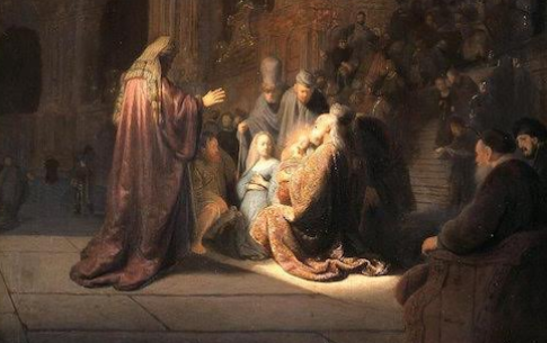
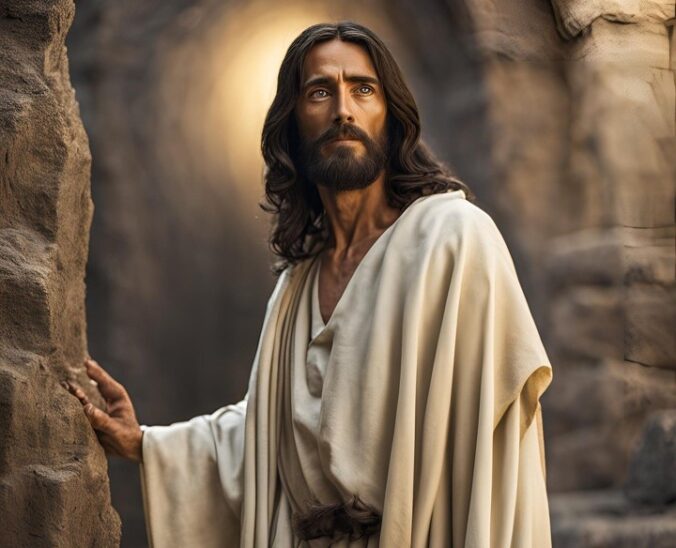

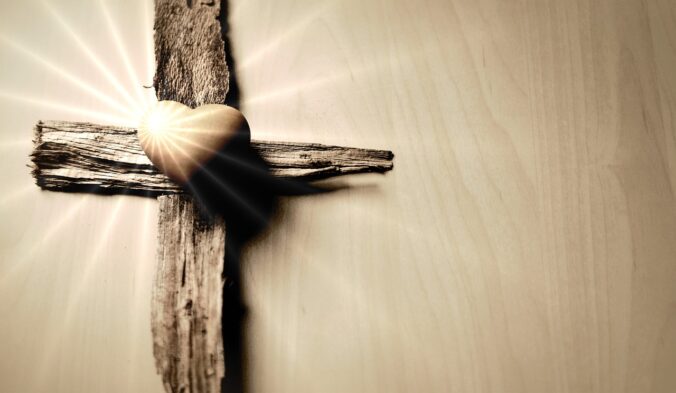

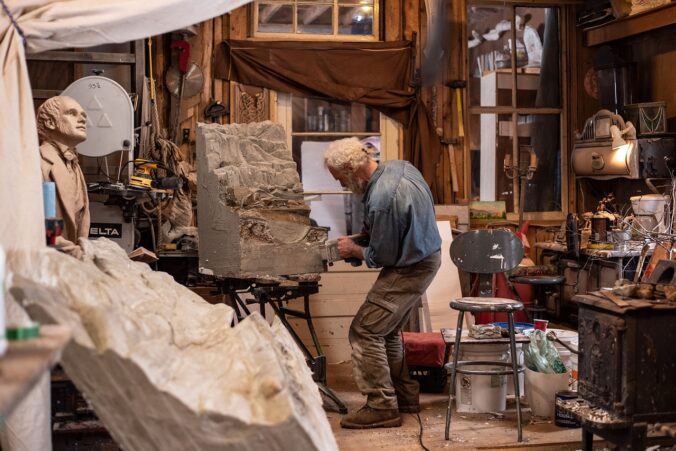

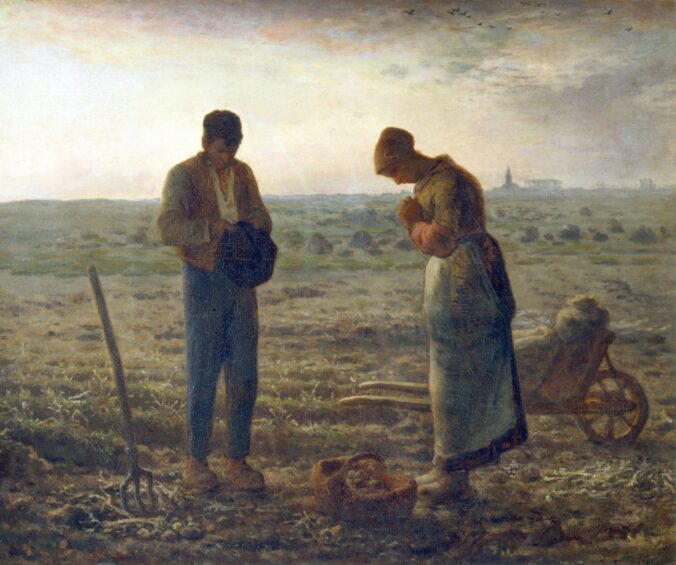
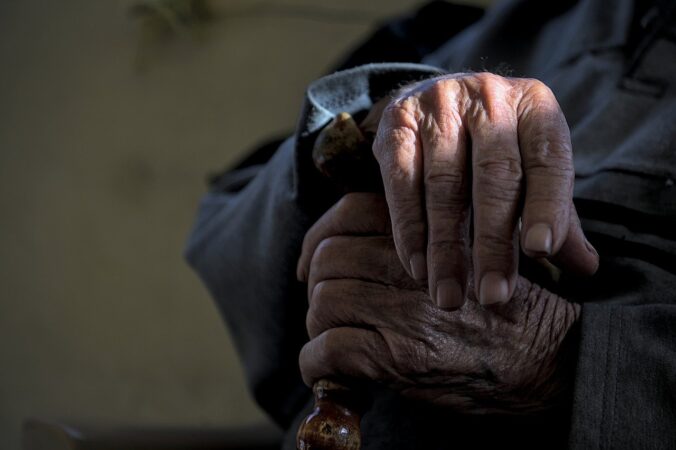
Recent Comments